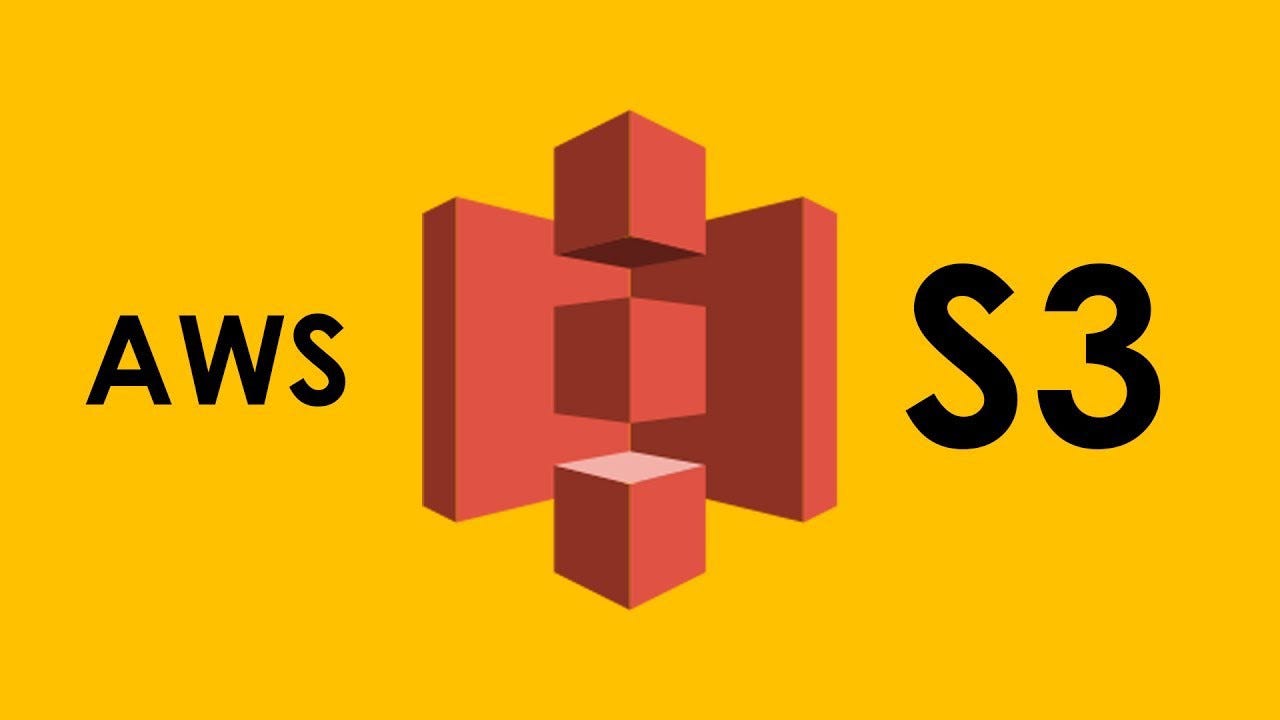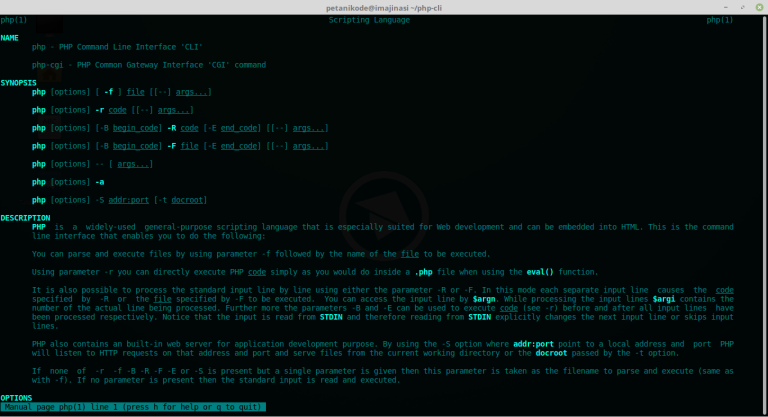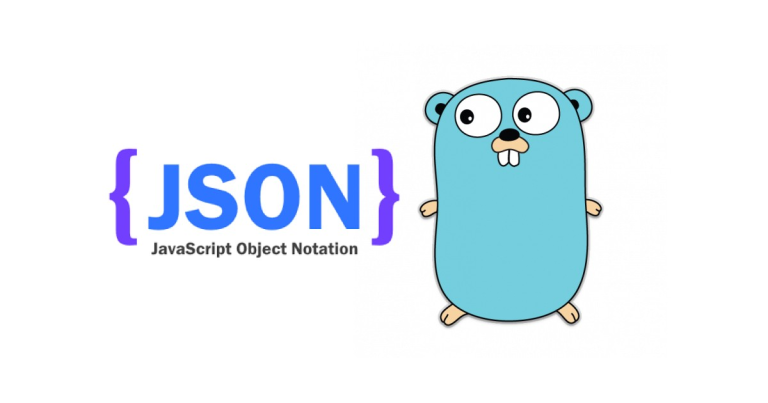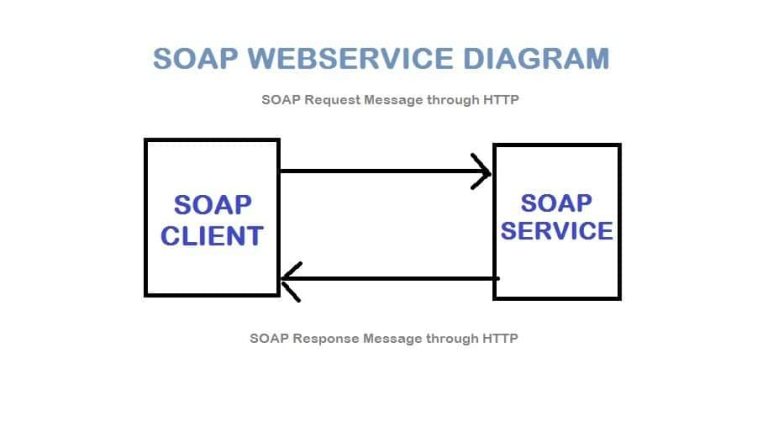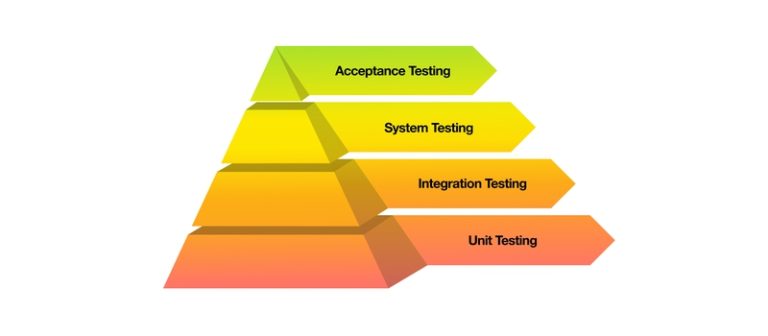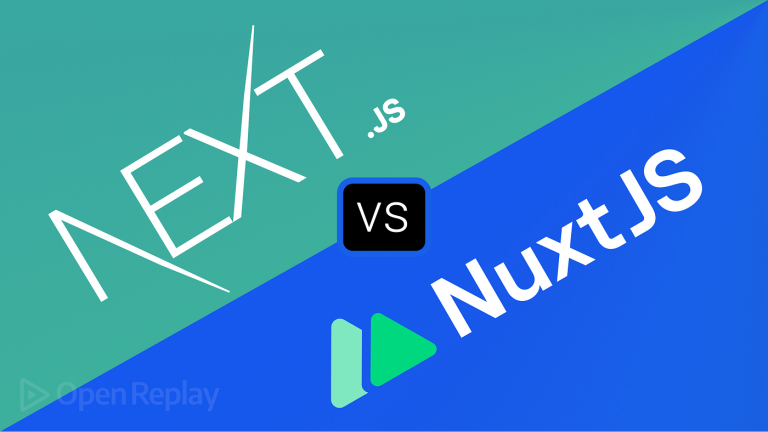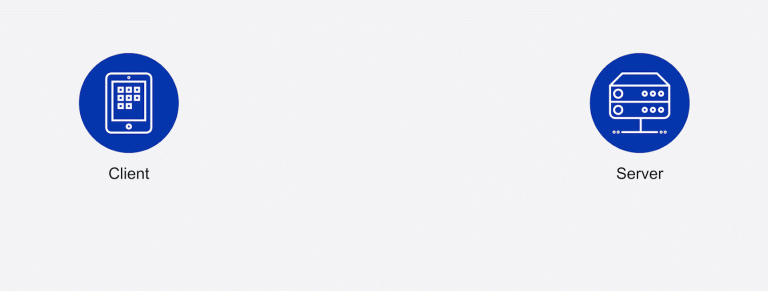Amazon Simple Storage Service (S3) is a widely used cloud storage service provided by Amazon Web Services (AWS). Integrating Python with AWS S3 enables developers to manage, upload, download, and manipulate objects in S3 buckets seamlessly. In this article, we’ll explore the fundamental steps and sample code for interacting with AWS S3 using Python.
**1. *Setting Up AWS Credentials:*
Before working with AWS S3 in Python, you need to set up your AWS credentials.
- AWS Console:
- Log in to your AWS Management Console.
- Navigate to the Identity and Access Management (IAM) service.
- Create a new user with the necessary permissions (e.g., AmazonS3FullAccess).
- Note down the Access Key ID and Secret Access Key.
- Configuring AWS CLI:
- Install the AWS Command Line Interface (CLI).
- Run
aws configurein your terminal and enter the Access Key ID, Secret Access Key, region, and output format.
**2. *Installing the boto3 Library:*
The boto3 library is the official Python SDK for AWS services, including S3. Install it using the following command:
pip install boto3
**3. *Sample Code for AWS S3 Operations:*
Now, let’s dive into some sample Python code for common AWS S3 operations.
**a. *Listing Buckets:*
import boto3
# Create an S3 client
s3 = boto3.client('s3')
# List all S3 buckets
response = s3.list_buckets()
print("S3 Buckets:")
for bucket in response['Buckets']:
print(bucket['Name'])
**b. *Creating a Bucket:*
import boto3
# Create an S3 client
s3 = boto3.client('s3')
# Define the new bucket name
new_bucket_name = 'my-new-bucket'
# Create the bucket
s3.create_bucket(Bucket=new_bucket_name)
**c. *Uploading a File to S3:*
import boto3
# Create an S3 client
s3 = boto3.client('s3')
# Specify the local file path and S3 bucket name
local_file_path = 'path/to/local/file.txt'
s3_bucket_name = 'my-s3-bucket'
# Upload the file to S3
s3.upload_file(local_file_path, s3_bucket_name, 'remote/file.txt')
**d. *Downloading a File from S3:*
import boto3
# Create an S3 client
s3 = boto3.client('s3')
# Specify the S3 bucket name and remote file path
s3_bucket_name = 'my-s3-bucket'
remote_file_path = 'remote/file.txt'
# Download the file from S3
s3.download_file(s3_bucket_name, remote_file_path, 'local/file.txt')
**e. *Listing Objects in a Bucket:*
import boto3
# Create an S3 client
s3 = boto3.client('s3')
# Specify the S3 bucket name
s3_bucket_name = 'my-s3-bucket'
# List objects in the bucket
response = s3.list_objects(Bucket=s3_bucket_name)
print("Objects in S3 Bucket:")
for obj in response.get('Contents', []):
print(obj['Key'])
**f. *Deleting a File from S3:*
import boto3
# Create an S3 client
s3 = boto3.client('s3')
# Specify the S3 bucket name and remote file path
s3_bucket_name = 'my-s3-bucket'
remote_file_path = 'remote/file.txt'
# Delete the file from S3
s3.delete_object(Bucket=s3_bucket_name, Key=remote_file_path)
**4. *Handling Large Files and Streaming:*
For handling large files or streaming data to and from S3, consider using the boto3.s3.transfer.TransferManager or StreamingBody to optimize performance and memory usage.
**5. *Conclusion:*
Integrating Python with AWS S3 opens up a world of possibilities for cloud storage and management. The boto3 library provides a comprehensive set of tools for interacting with S3, allowing developers to seamlessly incorporate cloud storage into their applications. Whether you’re listing buckets, uploading or downloading files, or performing more advanced operations, the combination of Python and AWS S3 offers a powerful and flexible solution for handling cloud storage needs.

